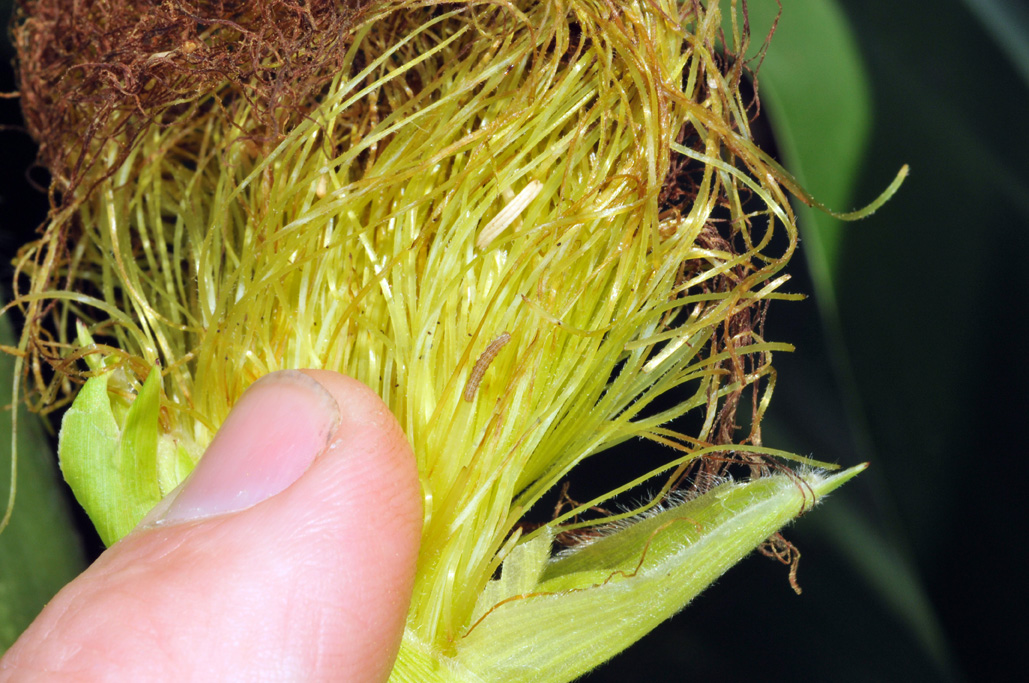
The vast majority of cornfields in the northwestern counties of Indiana have reached or have passed pollination.

The vast majority of cornfields in the northwestern counties of Indiana have reached or have passed pollination.
The Purdue Crop Chat is a regular podcast from Hoosier Ag Today and the Purdue University Extension Service, featuring Purdue Extension soybean specialist Dr. Shaun Casteel and Extension Corn Specialist Dr. Dan Quinn.
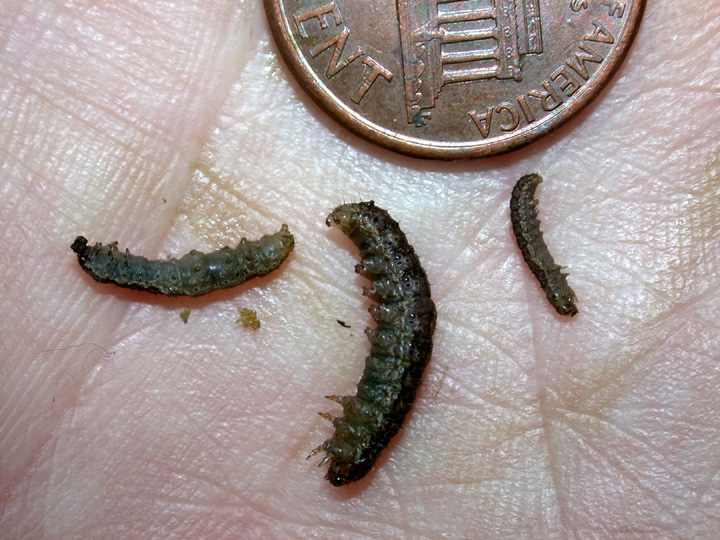
Could this be a cutworm year? Rainfall has delayed field work (e.g. weedy fields) and corn planting (i.e., lots of emerging corn).
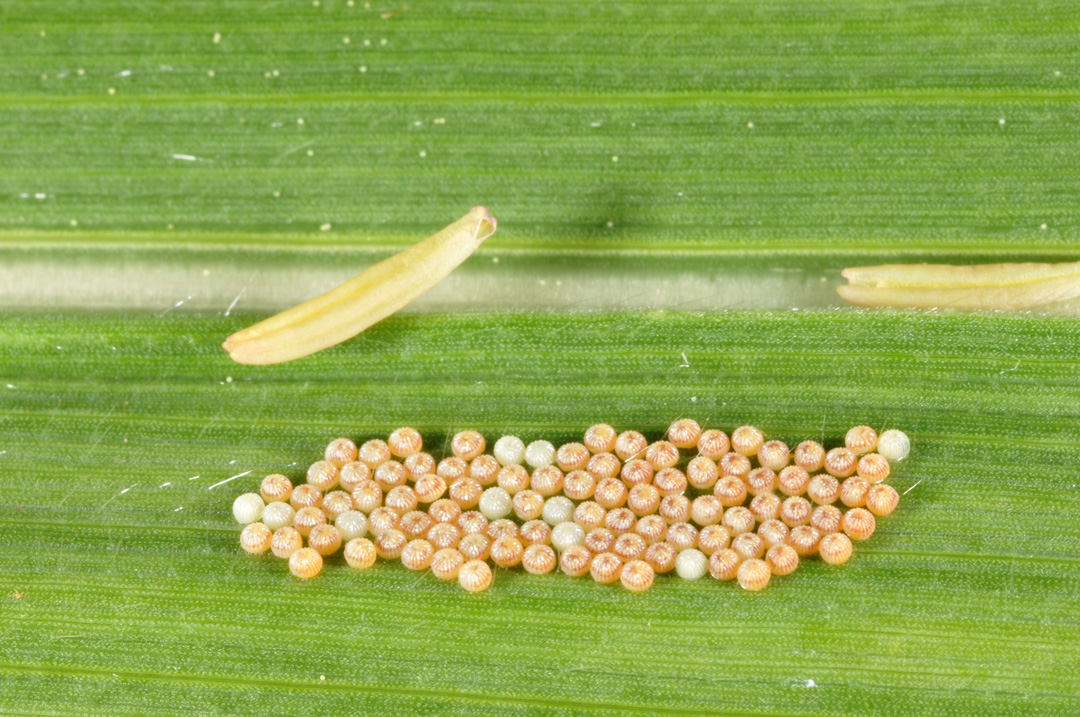
The western bean cutworm (WBC) trapping season continues, and after a slow start, moth flights have rapidly increased in many northern Indiana county traps the past two weeks. With warm temperatures, egg development and hatch will happen within about 6-8 days after they are first placed by females. This will give little time for egg scouting. Unfortunately larval scouting is far more difficult, time-consuming and less reliable. In other words, some larvae have hatched and have already infested corn whorls, leaf axils, and/or ears. Control is very difficult at this point and those just looking for egg masses beginning now will likely be underestimating the population. However, it’s not too late! Although some eggs have hatched, our current period of increased moth activity represents the peak for egg-laying, as the vast majority of WBC eggs will be laid over the next 2 weeks. Use moth trap catches[Read More…]
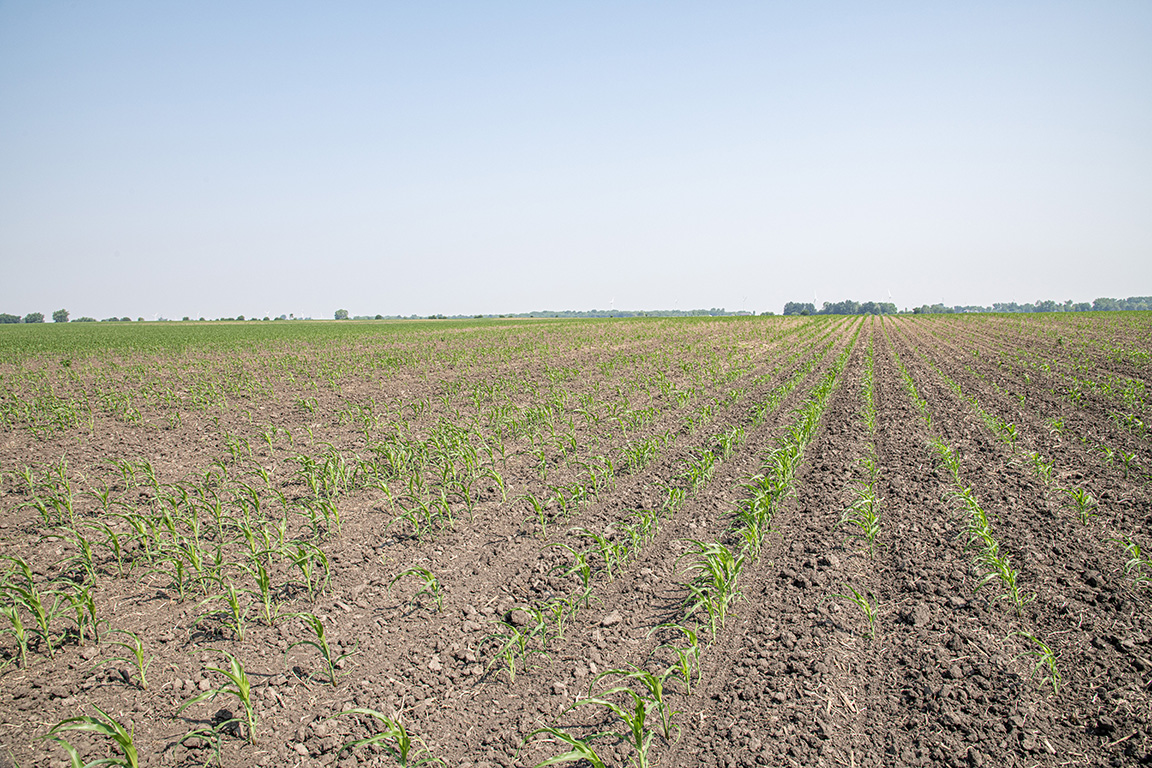
This week, I was contacted about a 300+ acre, 5-6 leaf cornfield with multiple problems, described as plants dying and toppling over with feeding damage at the base of the roots.
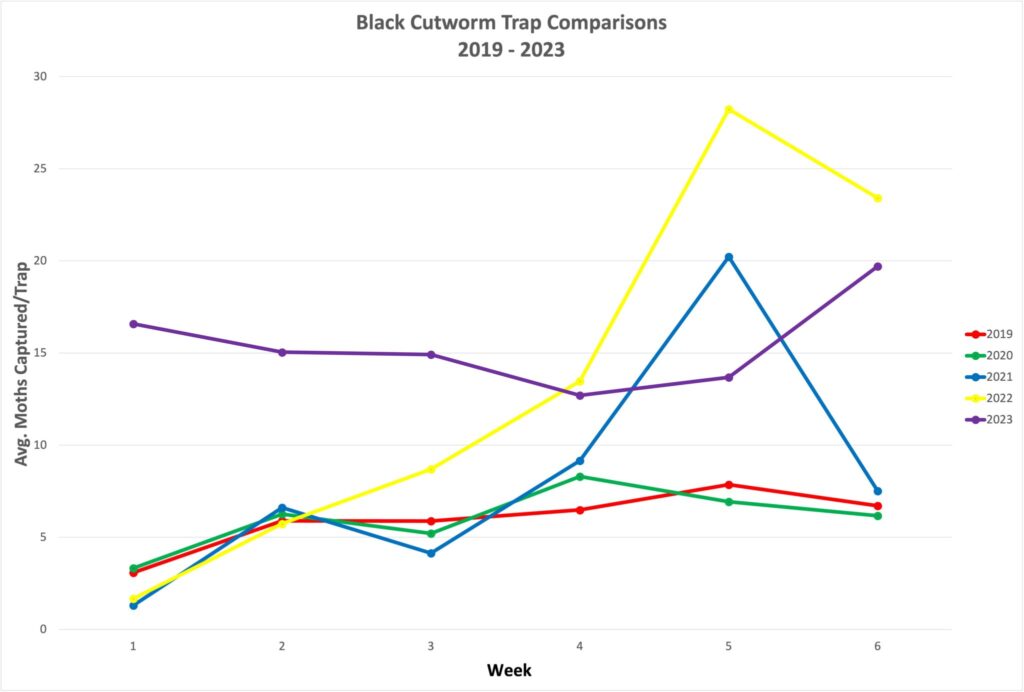
Every spring, voluteers throughout the state put forth considerable effort in trapping for the arrival and intensity of black cutworm moths. We are indebted to these faithful bug counters, hoping you also appreciate their efforts as reported in the “Black Cutworm Adult Pheromone Trap Report.” If you recognize a name or two on this list of volunteers, by county, please thank them for their efforts! Heck…buy them a cup of coffee! Not since 2012 have we seen such an early flush of black cutworm moths! As described in a Pest&Crop #3 article, an intense storm causing lives and destruction on April 1, also brought massive numbers of moths from the Southwestern States. In addition, we’ve not had widespread freezes since then. Because of that, we set that date as biofix, and began accumulating heat units for cutworm development, that also tracks very closely to corn development. This is all explained[Read More…]
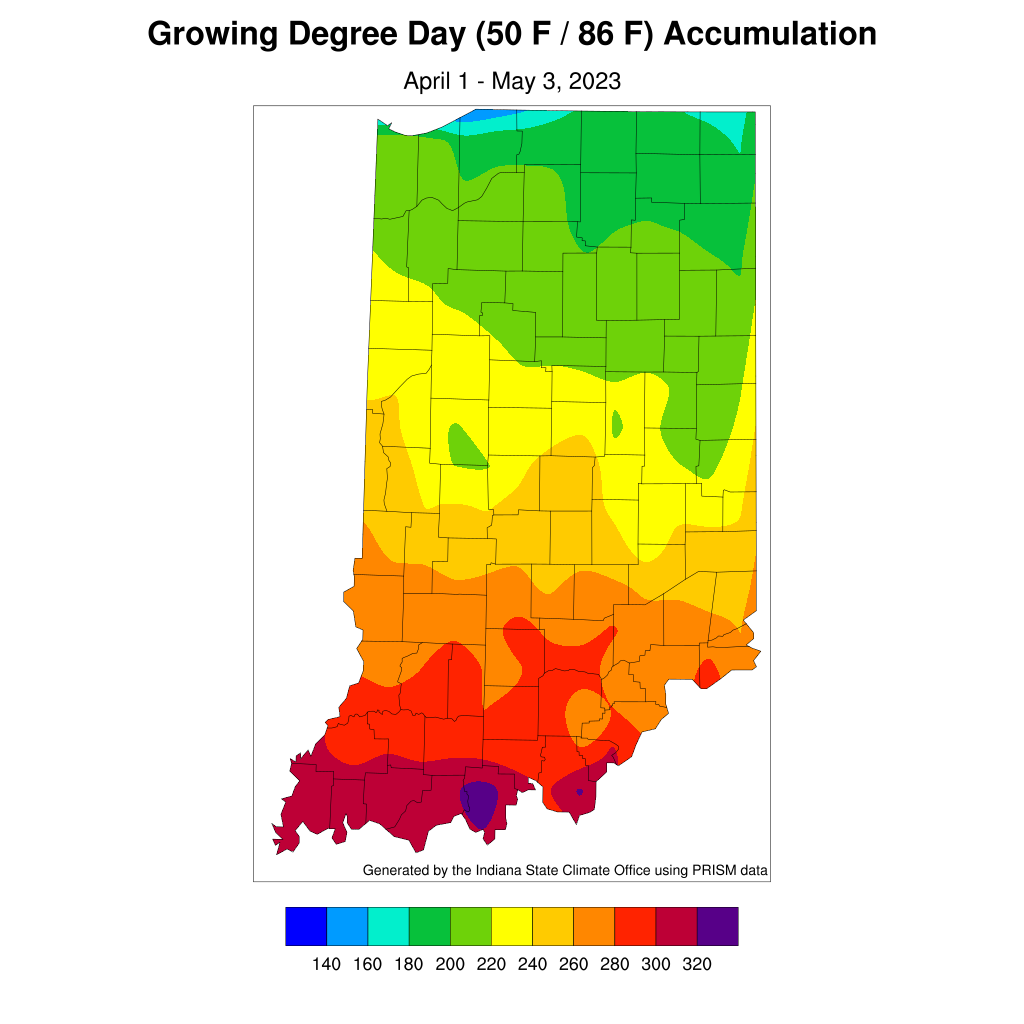
Once again, we urge you to view the “Black Cutworm Pheromone Trap Report.” For the fifth consecutive week, our volunteer trappers have been busy counting captured moths, e.g., lots of intensive captures.
Purdue Extension Soybean Specialist Shaun Casteel and Corn Specialist Dan Quinn are back for another episode of the Purdue Crop Chat Podcast. On this episode, the guys discuss the most recent crop condition ratings and compare that to what they’re seeing around the state. Casteel also discusses the advantages to having a drone to scout your field at this point in the season.
Sampling an alfalfa field to determine the extent of alfalfa weevil damage and average stage of weevil development is best accomplished by walking through the field in an “M-shaped pattern.”
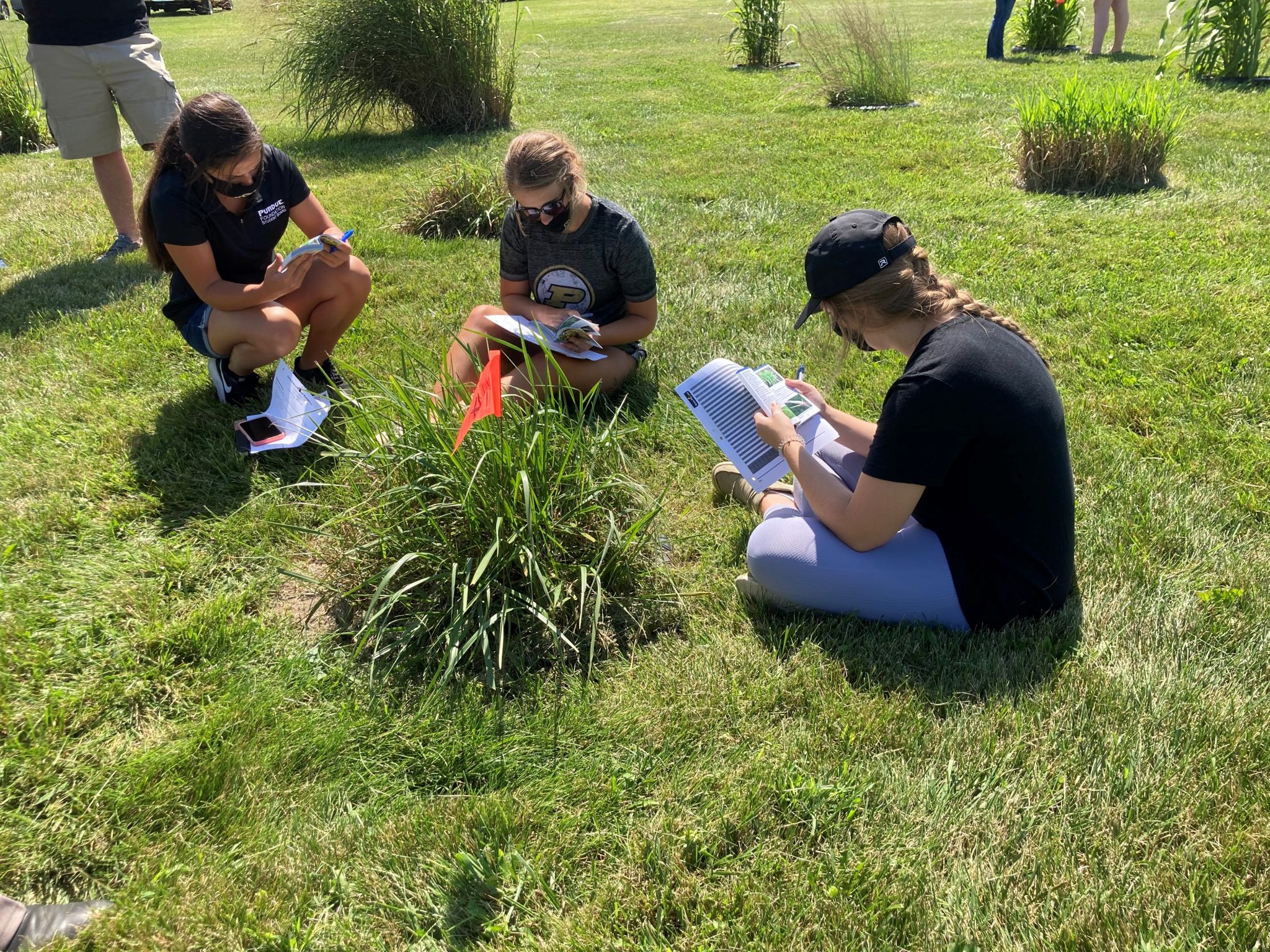
I had the opportunity yesterday to deliver a laboratory lesson to over 40 Purdue University undergraduate agriculture students enrolled in Dr. Ron Lemenager’s beef management class.
© 2024 Purdue University | An equal access/equal opportunity university | Copyright Complaints | Maintained by Pest&Crop newsletter
If you have trouble accessing this page because of a disability, please contact Pest&Crop newsletter at luck@purdue.edu.